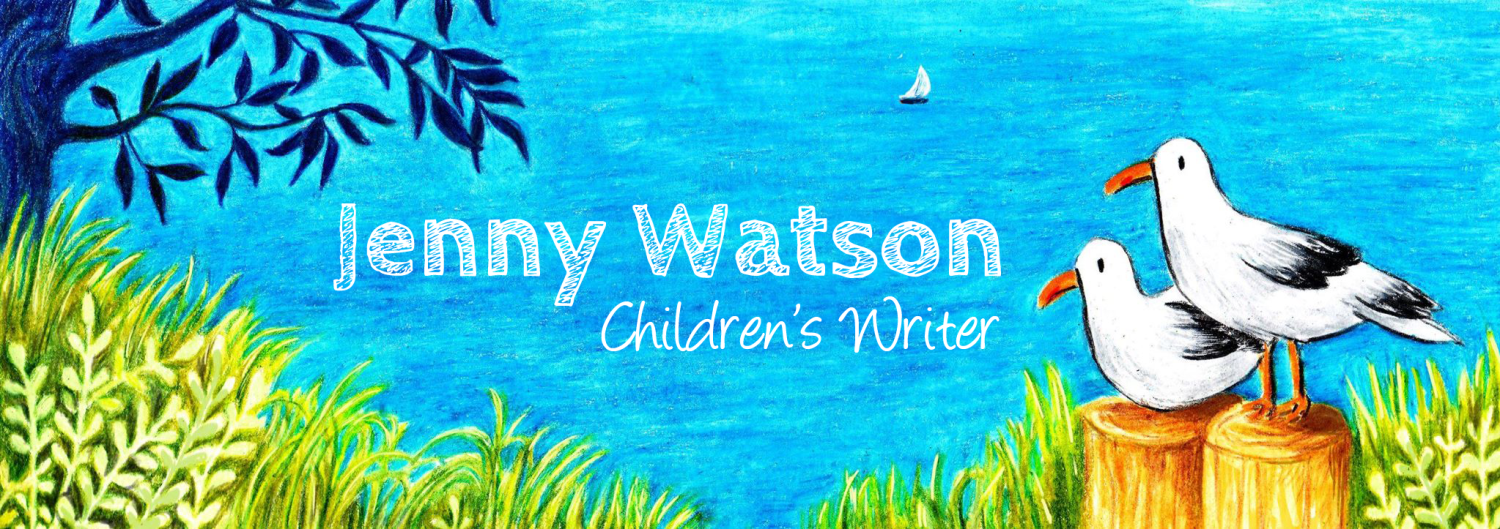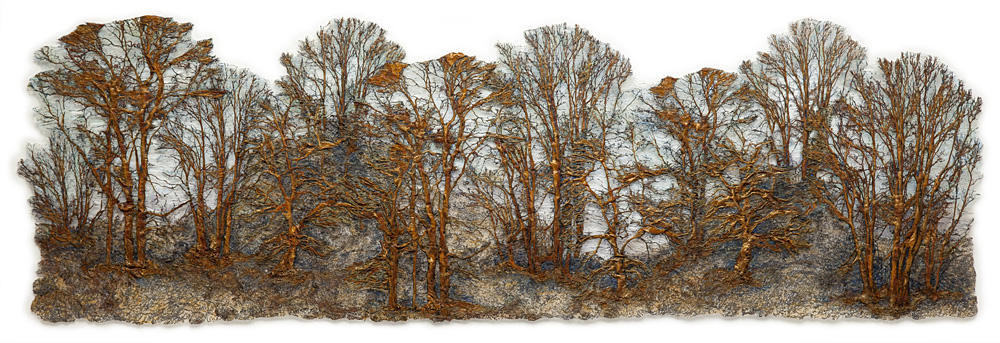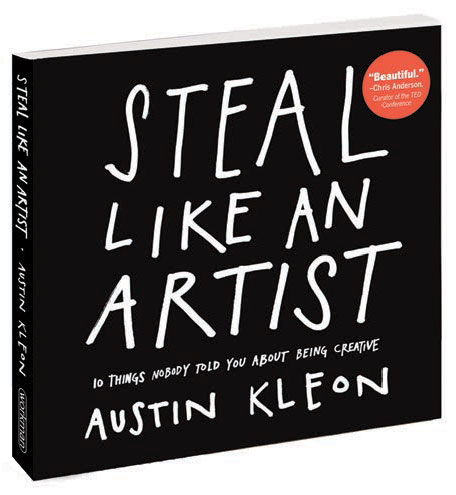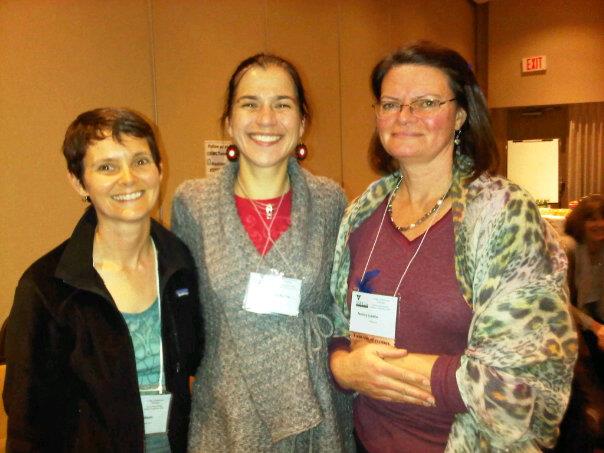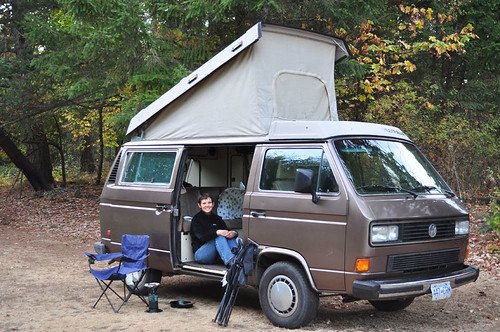
This last weekend, Thanksgiving weekend in Canada, Patrick and I decided to rent a Westfalia Vanagon camper. We’ve been toying with the idea of buying one, but every time it comes up in conversation, we can’t justify having two cars (we don’t have a lot of parking space, and Patrick bikes to work, so it’s not like we really need two cars). But when we found out that there’s a rental company in Sidney, it seemed too good an opportunity to pass up. We could try it out, and see if it was just something fun to dream about, or something we’d really love.
We picked the camper van up on Friday evening, and were given a quick demonstration of how everything worked – folding down the bed, pulling out the table, lighting the stove, getting water in the sink, pushing open the pop-top, hooking it up to power, filling up the gas tank, and swiveling the front seats. There was so much to learn, I admit I was a bit intimidated. But we hit the road, headed for Saltspring Island.
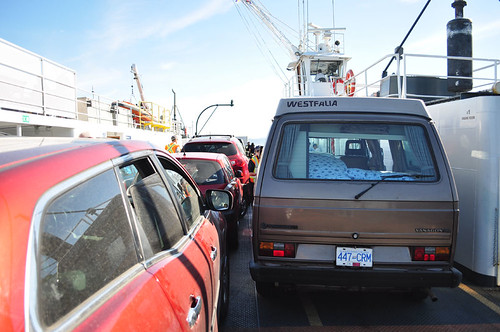
The ferry trip was uneventful and then we joined the stream of cars heading up the main road to Ganges (note to self, next time just pull over and let everyone else go ahead!). In the dark, we pulled into our campsite, a secluded spot in the trees with a picnic table and an quick walk to the bathrooms. We’d forgotten there’s a light in the back of the van, so we used our headlamps to pull the bed out and get everything organized for sleeping. I can’t imagine what that looked like – two headlamps bobbing up and down as we puzzled out how to make it all work. But we were soon cozy in bed with our own feather duvet from home, propped up reading our books, and grinning at each other like mad things. This was exactly as we imagined it would be!
Next morning I woke up with the birds and Patrick muttered and grumbled at me to go back to sleep, which of course I couldn’t because we were on holiday. Eventually he allowed that it was time to get up. By now, the sun was shining through the trees and I was ready for coffee. Together we figured out how to get water out of the tap, I put it on to boil, and Patrick ground the beans, and then we waited for it to brew. Some days, three minutes seems like a long time. As I poured the coffee, I got my first hint of…something foul. I’m sure my nose twitched. That smell, it couldn’t be the coffee could it? I took a sip, and another. Ewww! Sure enough, it was the water from the tank (second note to self – don’t use the water in the tank for drinking!)
Following a quick breakfast of tuna and salad (yeah, I know we’re strange), we drove into Ganges village to check out the Saturday market and pick up some fresh vegetables. And a decent cup of coffee!
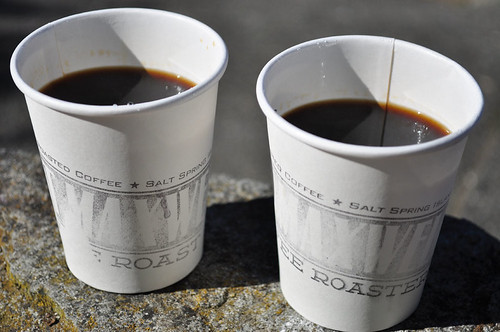
On Saturday afternoon, we drove north, took the ferry back to Crofton, drove north to Nanaimo, and then took the ferry to Gabriola, where we spent the rest of the weekend, following much the same pattern. Waking up early, making coffee (not using water from the tank), eating breakfast, cooking, eating, cooking, eating, making cups of tea and reading, reading, reading, with the odd stroll down to the marina to gaze at the boats.
Memorable moments included walking to the bathrooms in the dark with our headlamps on and seeing several sets of deer eyes peering back at us, picking apples and pears off the trees at the campground (delicious!), and cooking yam fries on the camp stove.
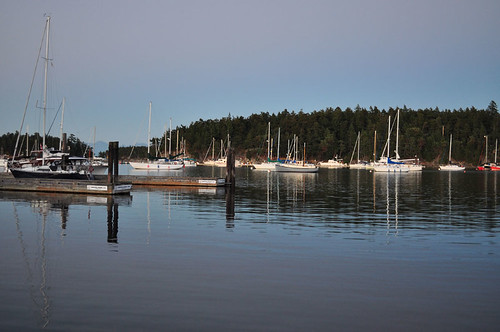
Would we rent a camper again? Yes! Might we buy one? Yes, yes, YES! So if you have one for sale, or know someone with one for sale, please contact me ASAP.
